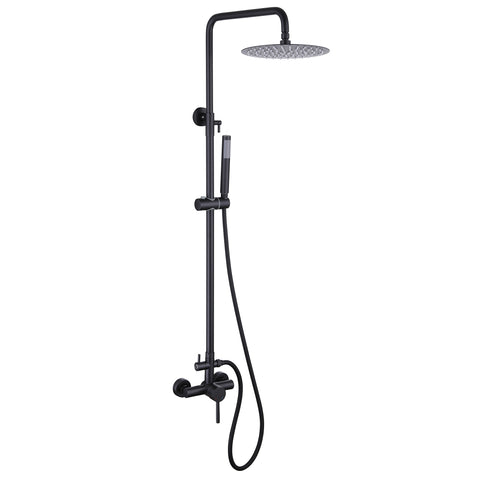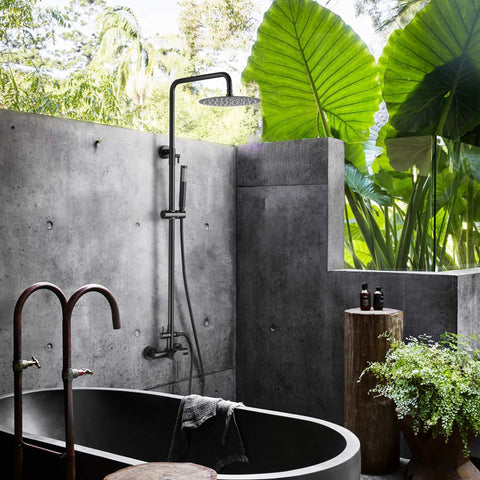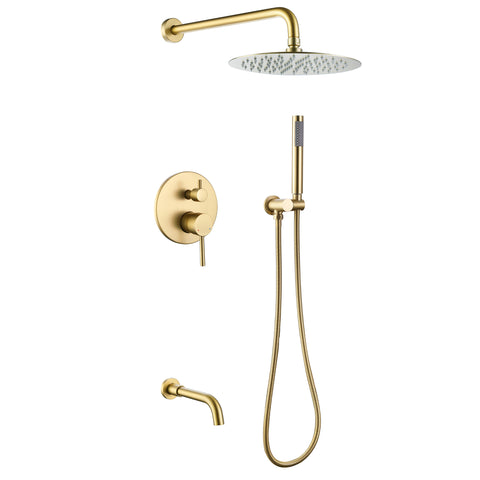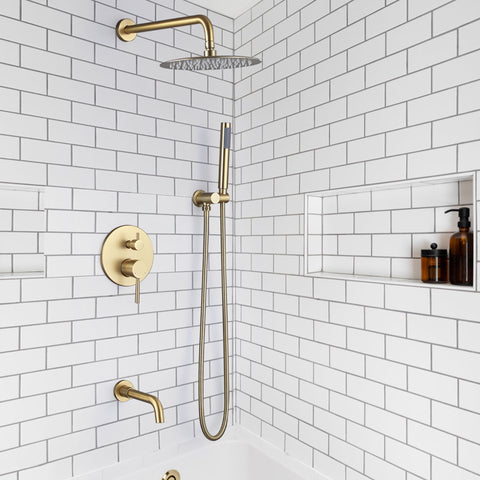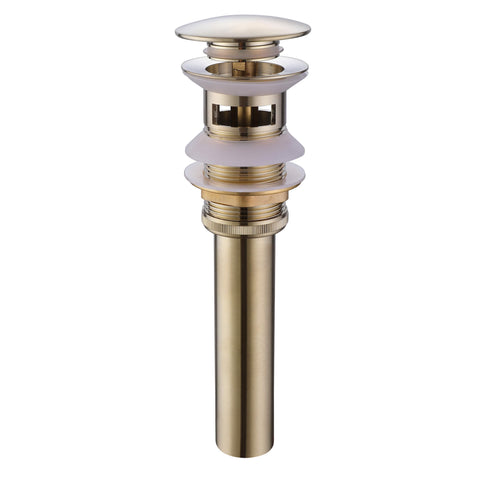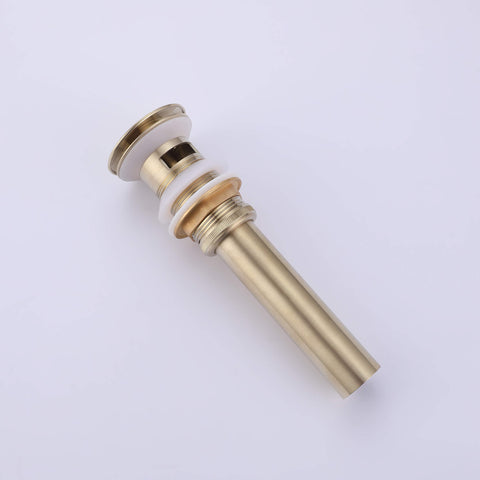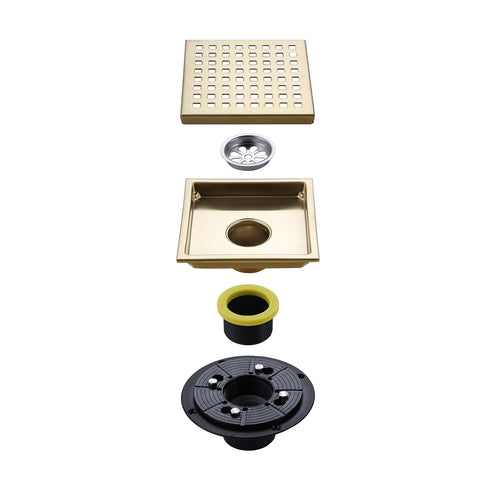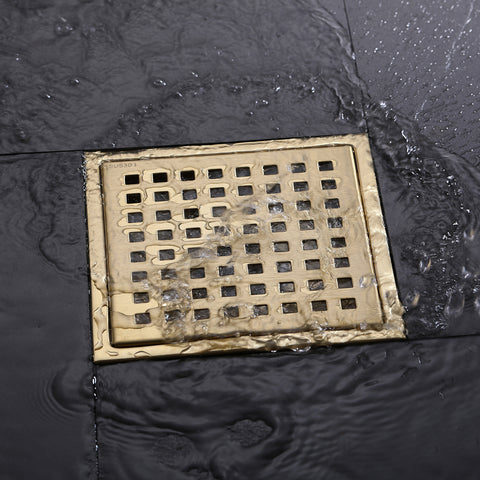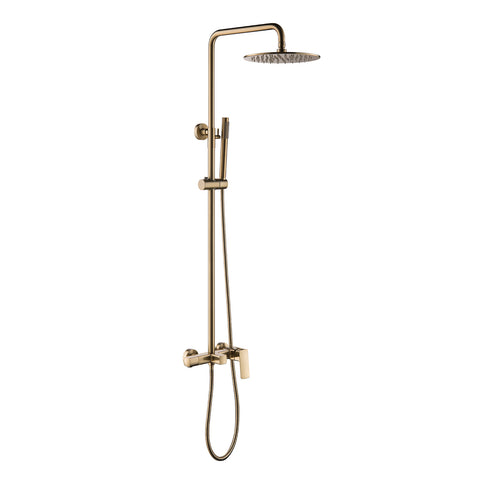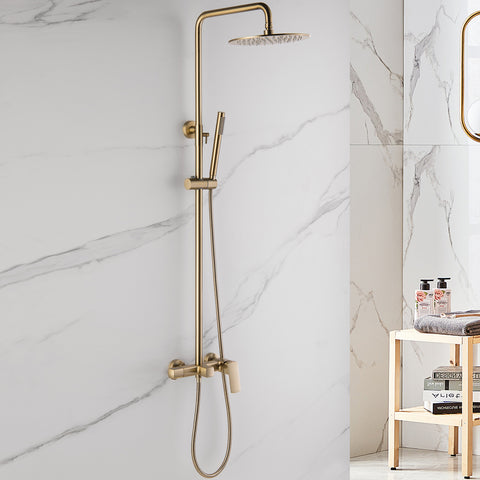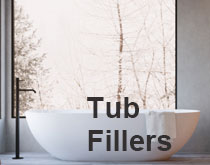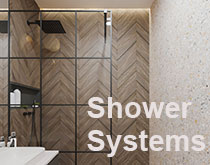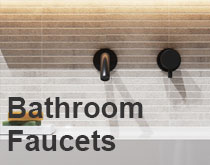The Ultimate Guide to Shower Systems: Types, Styles, and Functions
Shower systems are an essential component of any bathroom, and they come in a wide range of types, styles, and features. Choosing the right shower system can enhance your showering experience and complement your bathroom decor. In this ultimate guide, we'll explore the various types of shower systems, their styles, and the features to consider when making a selection.
Types of Shower Systems
-
Single-Handle Shower System: A simple system with one lever for both temperature and flow control.
-
Dual-Handle Shower System: Separate controls for hot and cold water for better precision.
-
Thermostatic Shower System: Automatically maintains a stable temperature for safety and comfort.
-
Pressure-Balancing Shower System: Automatically adjusts water pressure to prevent temperature spikes.
-
Digital Shower System: High-tech systems with programmable temperature, flow rate, and smart presets.

Styles of Shower Systems
-
Wall-Mounted: The most common type, works with fixed and handheld showerheads.
-
Ceiling-Mounted: Ideal for rainfall showerheads and a spa-like feel.

-
Freestanding Tub Faucet: Best for open-concept bathrooms and design flexibility.
-
Tub and Shower Combo: Combines shower and bathtub faucet—great for family use.
Key Features to Consider
- Water Conservation: Look for systems with flow restrictors or aerators.
- Finish Options: Chrome, brushed gold, nickel, or matte black—match your decor.
- Diverter Functionality: Useful for multiple outlets like showerheads and body sprays.
- Anti-Scald Safety: Thermostatic or pressure-balancing valves prevent temperature shocks.
- Ease of Maintenance: Smooth finishes and anti-limescale nozzles reduce cleaning effort.
- Brand Reputation & Warranty: Invest in trusted brands that offer good support and coverage.
Always check local plumbing codes and consult with a professional installer if you are unsure. A well-chosen shower system will elevate your daily routine and make your bathroom more functional and luxurious.
